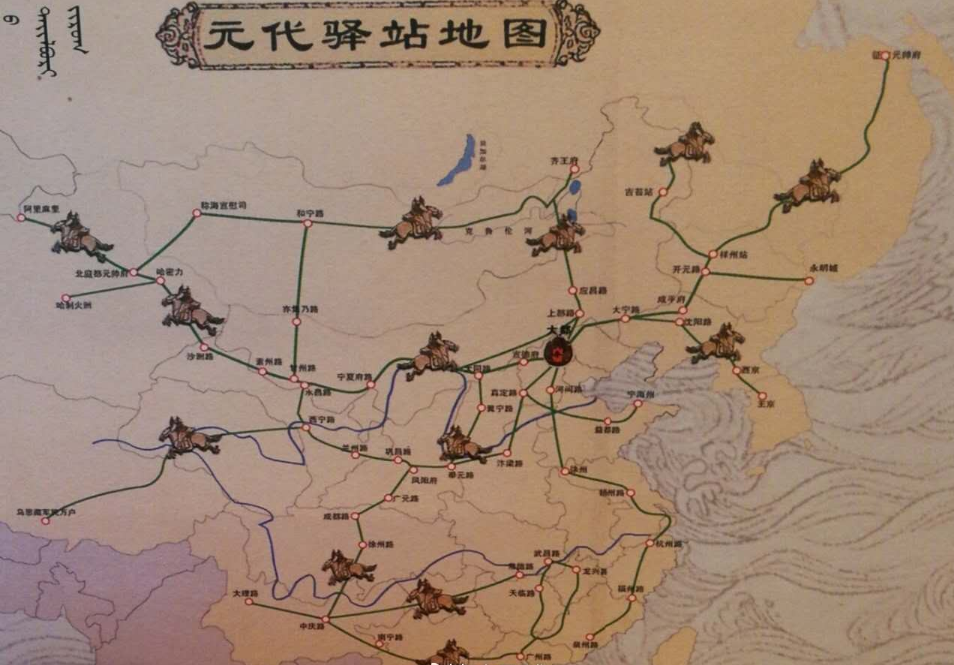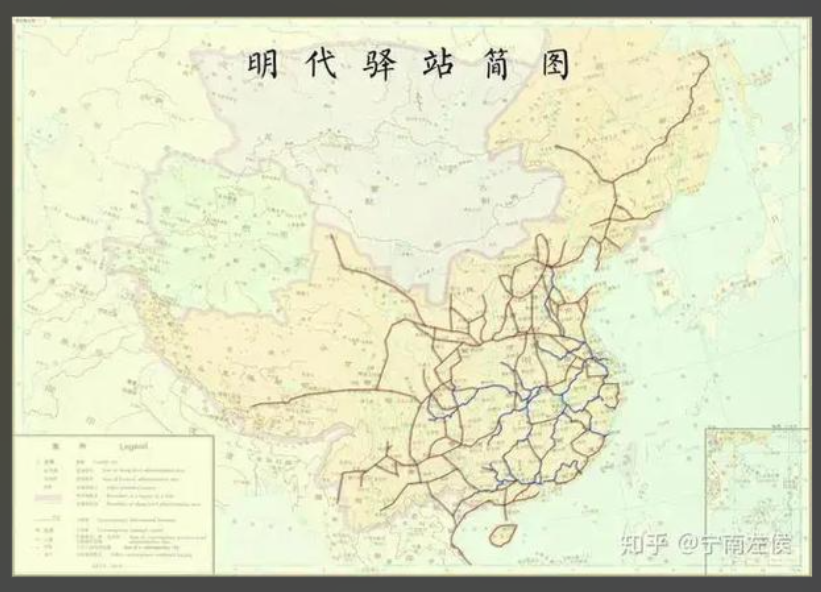Yeah but the starting roads in the game are not paved roads, they are dirt/gravel roads.
Also, I highly doubt that the routes in Sweden, England and Spain were any more paved than any of the other commonly taken routes in Europe
If the starting level of road is dirt/gravel road, then almost every European location would have L1 roads to neighbours except for the absolute most mountainous or forested locations.
I agree Paradox has the representation of paved roads wrong at least; there's a real absence of paved roads in France. However, Germany had almost no paved road at all in 1337 (because almost all paved road extant at this period was Roman and the Roman road network did not extend to Germany). The sole exception was the road running from Langres to Koln.
The Via Imperii was not a physical construct. Most of the Via Imperii were dirt tracks, the most sophisticated were boardwalk. The signifcance of the Via Imperii was that it was a political construct. While travelling on roads which were considered imperial roads, travellers were guaranteed imperial protection and were not to be subject to mistreatment or unauthorised taxation or extortion by landholders. The roads were in a loose sense "policed" and kept free of bandits, making them safe compared to alternatives.
- 7
- 3




